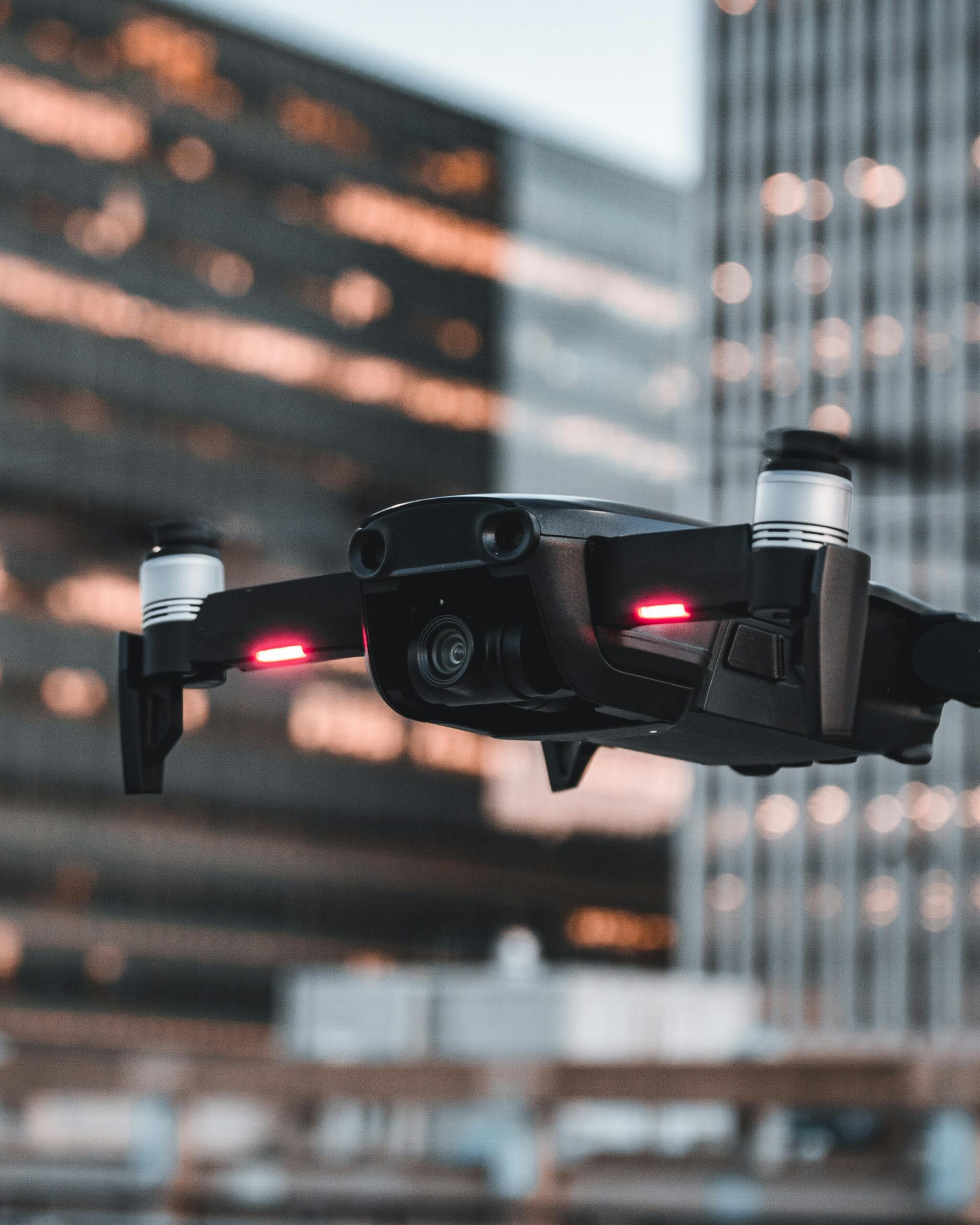2. Certification and Licensing 📝
In most countries, flying a drone professionally requires a license. The exact requirements depend on your country, but many follow similar steps:
🇺🇸 FAA Part 107 Certification (USA)
In the U.S., professional drone pilots need to pass the Part 107 exam administered by the Federal Aviation Administration (FAA). This certification is necessary for anyone flying a drone commercially, which includes everything from real estate photography to agricultural surveys.
📚 What You Learn for Part 107:
- Airspace Regulations: How to read airspace maps and understand restrictions (e.g., no-fly zones, controlled airspace).
- Weather: How weather affects flight conditions, including reading aviation weather reports.
- Flight Physics: Understanding aerodynamics and how your drone behaves in different flight conditions.
- Emergency Procedures: What to do in the event of a malfunction or loss of communication.
- Maintenance: How to check your drone for pre-flight safety, including battery checks and propeller condition.
Many aspiring drone pilots attend flight schools or take online courses to prepare for the exam. These courses typically include:
- Practice tests to familiarize students with the format.
- Real-world flight scenarios to apply the knowledge learned in the classroom.
🇪🇺 EASA Drone License (Europe)
In Europe, drone pilots are regulated by the European Union Aviation Safety Agency (EASA). Here, drone pilots need to obtain an A1, A2, or A3 Certificate, depending on the weight of the drone and the proximity to people.
- A1/A3 Certificate: For drones under 25kg, flying over people but away from crowds.
- A2 Certificate: For heavier drones flying in more populated areas.
The training covers similar areas as the U.S. FAA certification, focusing on airspace, safety, and operational limitations.
